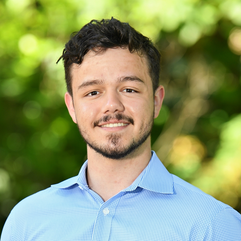

The Montgomery News
2 days ago2 min read


The Montgomery News
5 days ago2 min read


The Montgomery News
6 days ago3 min read


The Montgomery News
Nov 172 min read


The Montgomery News
Nov 175 min read


The Montgomery News
Nov 162 min read


The Montgomery News
Nov 132 min read


The Montgomery News
Nov 134 min read






























